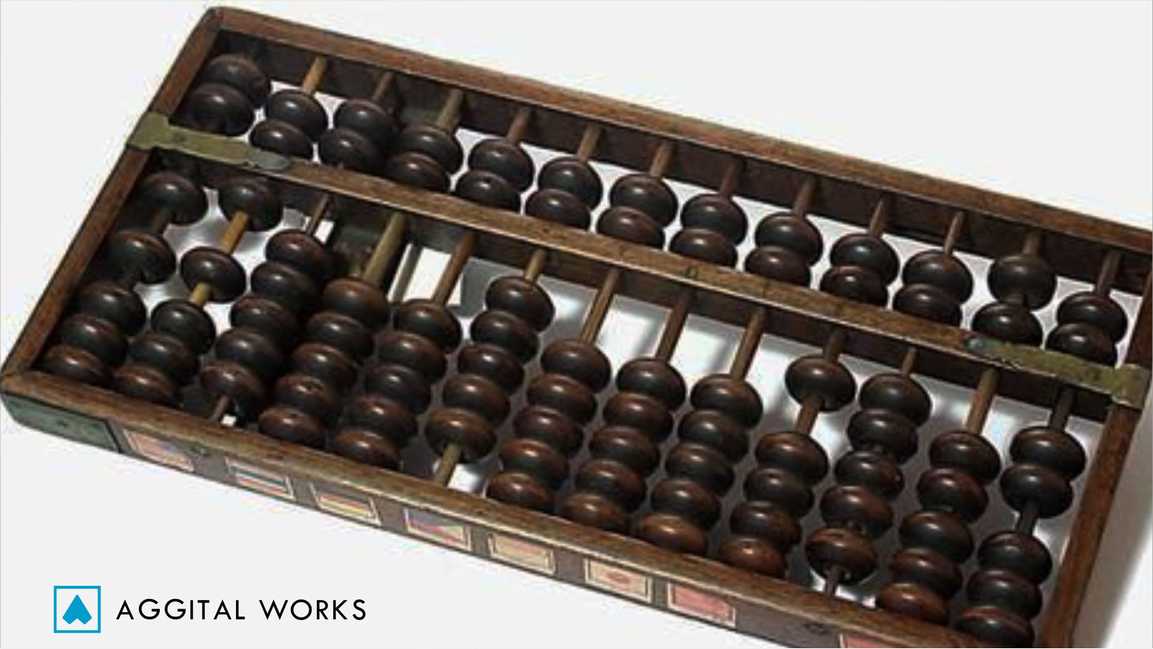Tech History (An Overview)

Hello everyone! I trust all is going great. It’s been a minute. Let’s begin a new series on Tech History (probably a short one). It’s going to be a synopsis with respect to the history of technology. I’ll try to cover as much as I can. Also, if you need or want some kind of long title, here’s one, “Unveiling the Fascinating Evolution of Tech History: A Comprehensive but Synoptic Guide”, that should do. Alright, let’s begin!
Tech History
Introduction
The world we live in today is driven by technology. From the complex algorithms that power our search engines to the sleek smartphones we carry in our pockets, technology has become an integral part of our daily lives. But have you ever wondered how it all began? How did we go from the early mechanical calculating machines to the era of artificial intelligence and blockchain? In this comprehensive guide, we will delve into the spellbinding journey of Tech History, exploring the pivotal moments, groundbreaking inventions, and transformative developments that have shaped the world as we know it.
I. The Pioneering Era: From the Birth of Computing to the Internet Revolution
The journey of Tech History starts with the birth of computing. We will explore the early mechanical calculating machines, such as the Abacus and the Difference Engine, which laid the foundation for the computers we use today. The groundbreaking invention of the first programmable computer, the Electronic Numerical Integrator and Computer (ENIAC), marks a significant milestone in this era.
However, it was the advent of the internet that truly revolutionized the world. We will delve into the origins of the Internet, its humble beginnings as a military project, and its rapid expansion into a global network connecting people and information. The impact of the Internet on society, commerce, and communication cannot be overstated, and we will explore its transformative effects in detail.
Let’s explore the early mechanical calculating machines and the progression towards the first programmable computer, the ENIAC.
Abacus:
The Abacus is one of the earliest known mechanical calculating devices, dating back thousands of years. it is considered to have been first used by the Babylonians, as early as 2,400 B.C. The Abacus was in use in Europe, China, and Russia, centuries before the adoption of the written Hindu-Arabic numeral system. It consists of a series of rods or wires with beads that can be moved back and forth. By manipulating these beads, users could perform addition, subtraction, multiplication, and division. Although the Abacus is not programmable like a computer, it laid the foundation for numerical calculations and mathematical concepts.
Difference Engine:
The Difference Engine was a mechanical device conceived by English mathematician Charles Babbage in the early 19th century. Babbage designed the machine to automatically calculate polynomial functions and produce accurate tables of values. The Difference Engine was composed of gears, cranks, and levers that performed repetitive calculations through the method of finite differences. Unfortunately, Babbage was unable to complete the construction of the full-scale engine during his lifetime.

Analytical Engine:
Building upon his work on the Difference Engine, Charles Babbage conceptualized the Analytical Engine, which is considered a precursor to modern computers. The Analytical Engine was designed to have a memory, a central processing unit (CPU), input/output devices, and the ability to be programmed using punched cards. Babbage’s design included features such as loops, conditional branching, and a separate memory unit called the “store.” While the Analytical Engine was never built, its design laid the groundwork for programmable computers.
Punch Cards: During the 19th century, punched cards became a crucial method for inputting data into early computing machines. These cards contained holes punched in specific positions to represent data or instructions. Punched cards were used in various mechanical devices, including the Analytical Engine and later in early computers like the ENIAC.
Electronic Numerical Integrator and Computer (ENIAC):
Developed during World War II in the 1940s, the ENIAC was the first electronic general-purpose programmable computer. It was designed by J. Presper Eckert and John W. Mauchly at the University of Pennsylvania. The ENIAC used vacuum tubes, switches, and cables to perform calculations. Unlike earlier mechanical devices, the ENIAC was able to perform a wide range of calculations much faster, making it a significant milestone in computing history.
The ENIAC was initially used for military applications, such as calculating artillery firing tables. It was programmed by physically reconfiguring its hardware, involving the rewiring of thousands of cables and switches. While it was a programmable computer, its programming process was time-consuming and required expertise.
The development of the ENIAC paved the way for further advancements in computing technology, leading to the evolution of modern computers we use today. It marked the transition from mechanical and electromechanical devices to fully electronic and programmable computers.
We’ll stop here, for now, to pick it up where we left off in the next article. Do let me know your thoughts in the comment section below.
If you are looking to get an excellent web design company, do click here!
For more reads, click on here.

![Luther and Calvin on Predestination (Church History) 5 [Finale]](https://aggital.com/wp-content/uploads/2023/04/BLOG-6-3-1-1-1-1-1-1-1-1-1-1-150x150.jpg)



Well communicated. I love your writing style. It’s dynamic, yet plain and intriguing.
Thank you so much, Paul.
This is really helpful. A series I’m definitely already into.
I’m glad you find it helpful.
Love it. Great write up!
Many thanks, Osas.